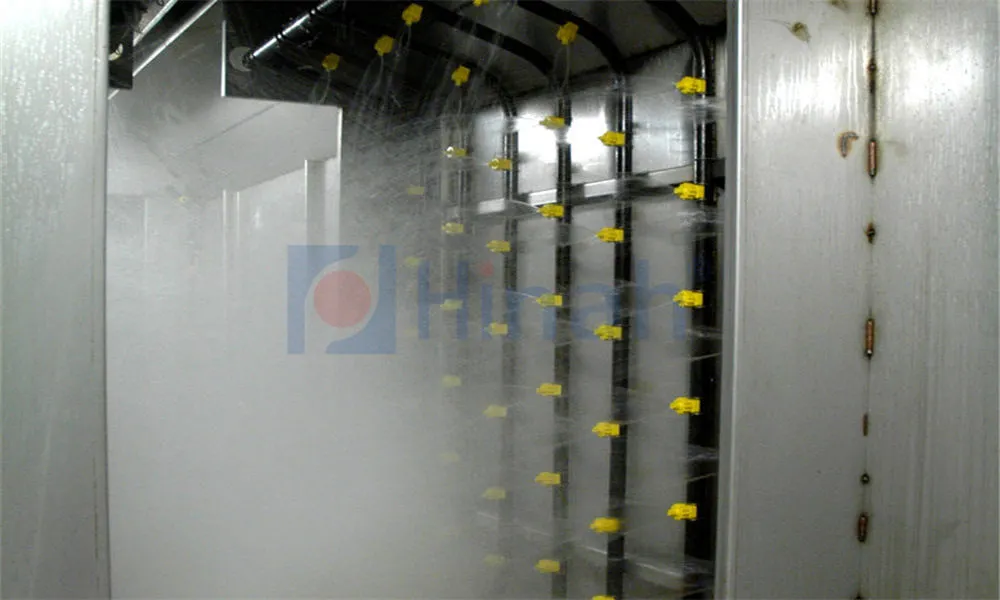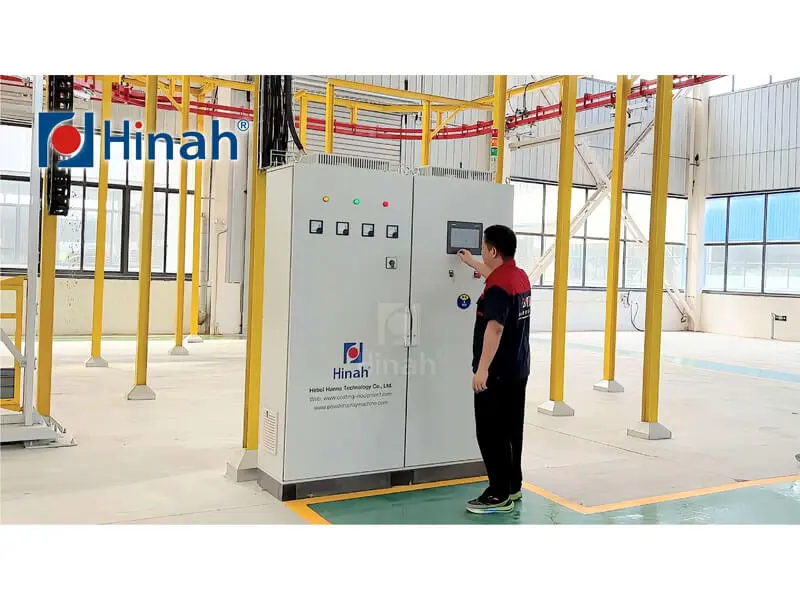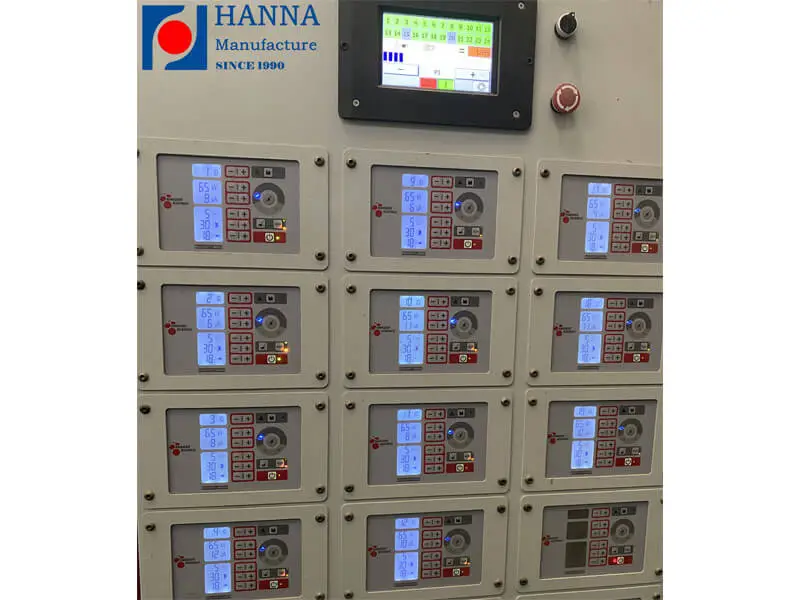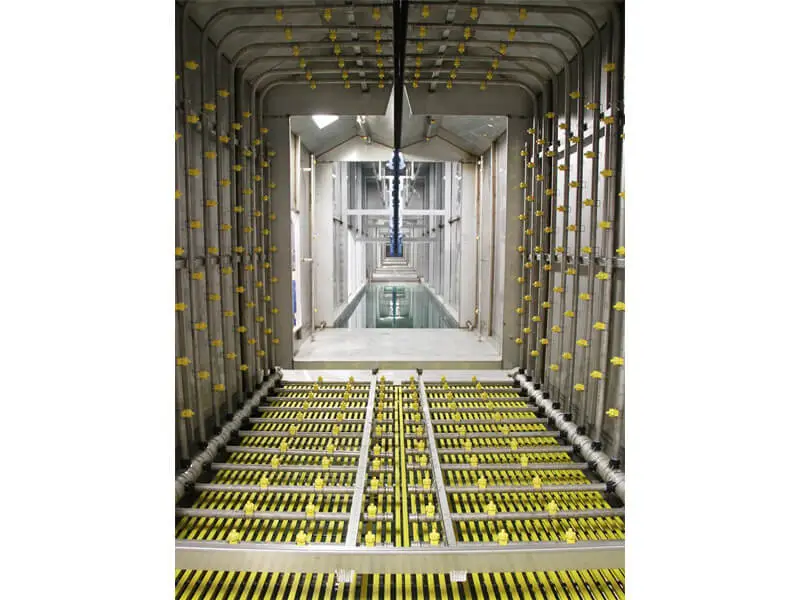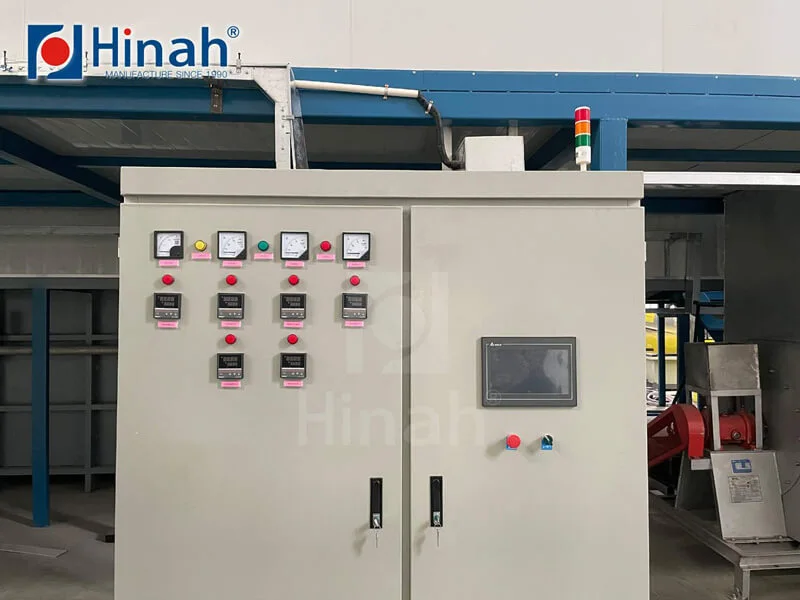In the world of industrial powder coating, the finish is only as good as the cure. While selecting the perfect powder is crucial, the Curing ovens are the unsung heroes that ultimately determine the durability, quality, and performance of the final product. For engineers, production managers, and business owners, selecting the right curing oven is not just a purchase; it's a strategic investment in your production line's efficiency and output quality. This guide by HANNA, a leader in industrial thermal solutions, will walk you through the seven critical factors you must consider to make an informed decision.
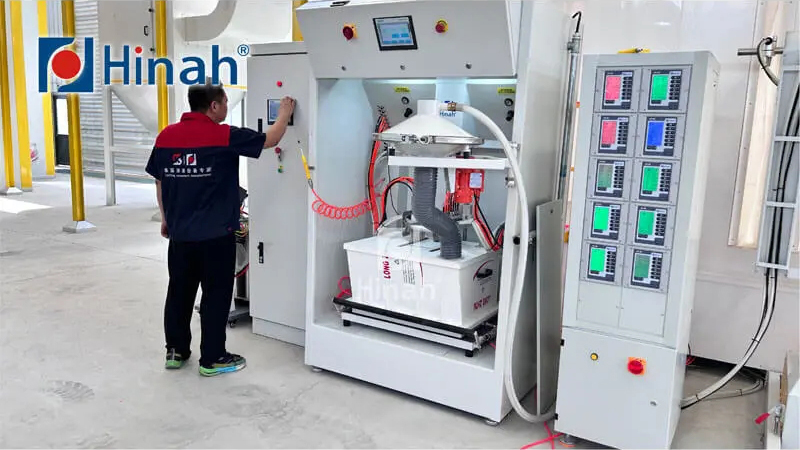
Understanding the Basics: What is a Curing Oven?
At its core, a Curing oven is a thermally insulated chamber used to subject a coated product to a specific time-temperature profile. This process, known as cross-linking, transforms the dry powder coating into a smooth, continuous, and durable film. The even and consistent application of heat is paramount. Without a properly functioning and correctly specified Curing oven, even the highest-quality powder coating will fail to achieve its intended mechanical and chemical properties, leading to premature failure.
Factor 1: Curing Oven Technology – Electric vs. Gas Infrared vs. Convection
The first and most significant choice is the heating technology. Each has its place, depending on your application, product mix, and facility constraints.
Electric Convection Ovens: These are the workhorses of the industry. They use electric heating elements to heat air, which is then circulated throughout the oven by fans. They offer exceptional temperature uniformity and are ideal for complex geometries and batches with varying part densities. For many standard applications, a well-designed electric convection Curing oven is the most reliable choice.
Gas Convection Ovens: Powered by natural gas or propane, these ovens are typically more cost-effective to operate in high-volume scenarios where energy costs are a primary concern. They are highly efficient for continuous production lines but may require more complex ventilation systems.
Infrared (IR) Ovens: IR ovens use electromagnetic radiation to directly heat the powder and the substrate, rather than the air. This allows for significantly faster cure times and a smaller footprint. They are excellent for flat or simple-shaped parts and conveyorized systems. However, they can struggle with complex, three-dimensional parts where shadows can prevent even curing.
Factor 2: Production Throughput and Oven Configuration
Your production volume directly dictates the configuration of your Curing oven.
Batch Ovens: Ideal for low-to-medium volume production, job shops, or for curing large, individual items. Batch ovens operate on a load-and-hold cycle, providing flexibility for a wide variety of part sizes. HANNA offers a range of standard and custom curing ovens in batch configurations to suit specific needs.
Continuous Ovens: For high-volume, dedicated production lines, continuous ovens are the answer. Parts move through the oven on a conveyor (monorail, belt, or overhead) at a controlled speed, ensuring a consistent and uninterrupted flow. This configuration maximizes efficiency and is essential for just-in-time manufacturing.
Factor 3: Temperature Uniformity and Control Precision
This is non-negotiable. The specifications for the powder coating resin dictate a precise curing window (e.g., 180°C for 10 minutes). A deviation of just 10-15°C can lead to under-cure (poor adhesion and durability) or over-cure (brittleness and discoloration). A high-quality Curing oven from HANNA is engineered to provide temperature uniformity of ±5°C or better across the entire work zone. Look for advanced PLC controls with data logging capabilities to ensure repeatability and provide quality assurance records.

Factor 4: Energy Efficiency and Operational Costs
The initial purchase price is only part of the total cost of ownership. An energy-inefficient Curing oven can be a financial drain for years to come. Key efficiency features include:
High-quality insulation to minimize heat loss.
Heat recovery systems that capture and reuse exhaust heat.
Efficient burner technology for gas ovens.
Well-sealed doors and vestibules.
Investing in an efficient oven from the start, often available through a custom curing oven design, will lead to substantial savings on your utility bills.
Factor 5: Part Size, Geometry, and Fixturing
The physical characteristics of your products are a primary driver in the oven design. You must account for the largest part you will process, its weight, and how it will be fixtured or racked. Complex parts with deep recesses may require a convection oven with high air velocity to ensure heat penetrates all areas. This is where collaborating with an expert like HANNA for a custom curing oven solution pays dividends, ensuring the internal geometry and airflow are optimized for your specific parts.
Factor 6: Integration with Your Existing Powder Coating Line
A Curing oven is not a standalone island; it is an integral component of your entire powder coating system. It must be seamlessly integrated with the upstream pretreatment stage and the downstream cooling section. Consider the material handling transfer, line speed synchronization, and overall workflow. A poorly integrated oven can create bottlenecks that negate its individual performance.
Factor 7: Compliance, Safety, and Ventilation
Industrial ovens are subject to strict safety standards. Proper ventilation is required to remove volatile organic compounds (VOCs) and solvents released during the curing process, even with 100% solid powders. Explosion venting and fire suppression systems are critical safety features, especially in environments where powder overspray may be present. Ensure your supplier, like HANNA, designs and builds ovens that comply with all relevant local and international safety codes (e.g., NFPA, FM Global).
Choosing the right Curing oven is a complex decision with long-term implications for your product quality and bottom line. There is no one-size-fits-all solution. By carefully evaluating these seven factors—technology, throughput, control, efficiency, part geometry, integration, and safety—you can specify a system that will serve your needs for years to come.
At HANNA, we don't just sell ovens; we partner with our clients to engineer thermal solutions that drive their success. From standard models to fully custom curing ovens, our expertise ensures you get a system that is precisely calibrated for your unique application. Contact a HANNA expert today to discuss your project and request a detailed proposal.
Frequently Asked Questions (FAQs) About Curing Ovens
Q1: What is the typical lifespan of a well-maintained industrial curing oven?
A1: A high-quality industrial Curing oven, like those manufactured by HANNA, can have a operational lifespan of 15 to 25 years or more. The key factors are the build quality, the severity of the operating environment, and, most importantly, adherence to a regular preventive maintenance schedule for components like fans, motors, and burners.
Q2: Can I retrofit my old curing oven with new, more efficient controls?
A2: Yes, retrofitting an older Curing oven with a modern PLC-based control system is a common and highly effective upgrade. This can significantly improve temperature control precision, provide valuable data logging, enhance user interface, and often lead to energy savings. HANNA offers retrofit services to modernize existing equipment.
Q3: How much floor space do I need to allocate for a new curing oven?
A3: The footprint varies dramatically based on capacity and configuration. A small batch oven might require 20-30 sq. meters, while a large continuous conveyorized system could need 100+ sq. meters. Beyond the oven's physical dimensions, you must also allocate space for ductwork, control panels, and safe access for maintenance. HANNA provides detailed layout drawings during the quotation process.
Q4: What is the lead time for a custom-designed curing oven?
A4: Lead times for a custom curing oven can range from 12 to 24 weeks, depending on the complexity of the design, current material availability, and factory workload. Standard or slightly modified models from HANNA typically have shorter lead times. It's best to initiate planning well in advance of your project's required installation date.
Q5: We cure a wide variety of parts with different sizes and powder types. Is there a flexible solution?
A5: Absolutely. For job shops with diverse product mixes, a custom curing oven designed with flexibility in mind is the ideal solution. This can include programmable recipes in the control system that automatically adjust time and temperature, multi-zone control to handle different part densities in the same batch, and a convection-dominant design to ensure even curing on complex geometries. HANNA specializes in creating such versatile systems.


